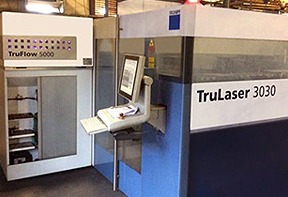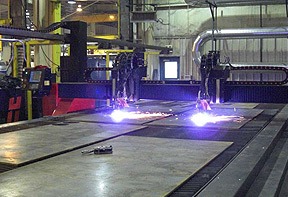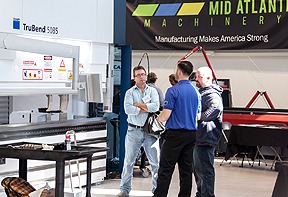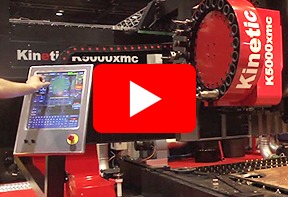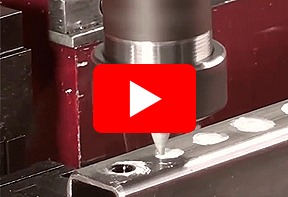2025 Market Insights: The Rise of the Best Laser Machine in Precision Manufacturing
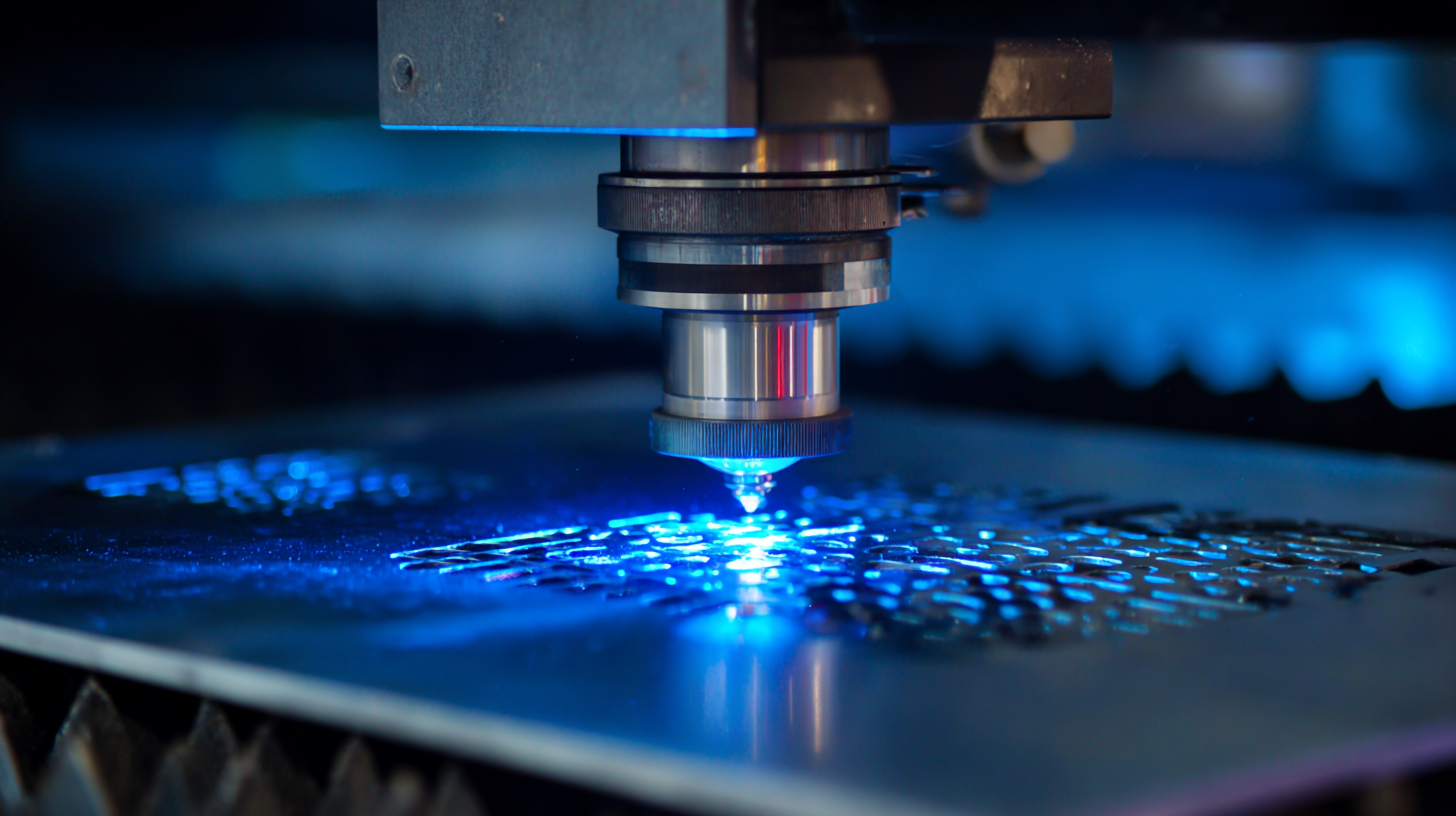 As we approach 2025, the precision manufacturing industry is poised for significant transformation, largely driven by advancements in technology and the increasing adoption of laser machines. According to a report by MarketsandMarkets, the global laser cutting machine market is expected to grow from USD 4.0 billion in 2020 to USD 6.5 billion by 2025, representing a compound annual growth rate (CAGR) of 10.5%. This growth underscores the vital role that laser machines play in enhancing manufacturing efficiency, accuracy, and flexibility. With the rise of Industry 4.0 and smart manufacturing practices, laser machines are becoming essential tools for companies aiming to remain competitive in a rapidly evolving landscape. The ability of laser technology to deliver high precision and minimize waste is increasingly sought after, making it a critical asset for manufacturers in various sectors, including automotive, aerospace, and electronics. As we explore the insights for 2025, it is clear that the best laser machine will not just be a tool, but a cornerstone of the future of precision manufacturing.
As we approach 2025, the precision manufacturing industry is poised for significant transformation, largely driven by advancements in technology and the increasing adoption of laser machines. According to a report by MarketsandMarkets, the global laser cutting machine market is expected to grow from USD 4.0 billion in 2020 to USD 6.5 billion by 2025, representing a compound annual growth rate (CAGR) of 10.5%. This growth underscores the vital role that laser machines play in enhancing manufacturing efficiency, accuracy, and flexibility. With the rise of Industry 4.0 and smart manufacturing practices, laser machines are becoming essential tools for companies aiming to remain competitive in a rapidly evolving landscape. The ability of laser technology to deliver high precision and minimize waste is increasingly sought after, making it a critical asset for manufacturers in various sectors, including automotive, aerospace, and electronics. As we explore the insights for 2025, it is clear that the best laser machine will not just be a tool, but a cornerstone of the future of precision manufacturing.
The Evolution of Laser Technology in Precision Manufacturing
The evolution of laser technology in precision manufacturing has marked a transformative phase in various industries, propelling efficiency and accuracy to new heights. Initially developed for simple cutting tasks, laser machines have grown to incorporate advanced features like automation and artificial intelligence. This shift not only enhances production speed but also lowers material waste, creating a more sustainable manufacturing process.
**Tip:** When selecting a laser machine, consider models that offer real-time monitoring capabilities. This feature allows manufacturers to detect issues early, significantly reducing downtime and ensuring a smoother workflow.
Recent advancements have enabled lasers to handle intricate designs with unmatched precision. Industries ranging from aerospace to medical device manufacturing are adopting these technologies to meet growing consumer demands for customization and rapid production. Additionally, laser welding and engraving techniques have become indispensable, showcasing the versatility of laser systems in handling various materials and applications.
**Tip:** Invest in training for your team on the latest laser technologies. A well-trained workforce can maximize the capabilities of these machines, ensuring that your manufacturing processes remain competitive and innovative.
Key Advantages of Using Laser Machines Over Traditional Methods
The precision manufacturing industry is undergoing a significant transformation with the increasing adoption of laser machines. According to a report by MarketsandMarkets, the global laser market is projected to reach $17 billion by 2025, driven by the need for high-precision cutting and welding applications. Unlike traditional machining methods, laser machines offer unparalleled accuracy, allowing for tolerances as tight as ±0.01 mm. This level of precision not only enhances quality but also minimizes material waste, leading to cost savings that can be reinvested into innovation.
Moreover, laser machines are notably more versatile than conventional methods, enabling manufacturers to efficiently process a variety of materials, including metals, plastics, and composites. A study published by Research and Markets highlighted that the laser cutting segment alone is anticipated to grow at a CAGR of 6.5% from 2020 to 2025, showcasing the technology's ability to adapt to the diverse needs of modern manufacturing. The implementation of laser technology also significantly reduces production times; in many cases, it can increase throughput by up to 50%, allowing companies to meet rising demand in an increasingly competitive marketplace.
2025 Market Insights: The Rise of the Best Laser Machine in Precision Manufacturing
| Dimension | Laser Machines | Traditional Methods |
|---|---|---|
| Accuracy | ±0.01 mm | ±0.1 mm |
| Material Versatility | High | Medium |
| Speed of Cutting | Fast | Slower |
| Operating Costs | Lower | Higher |
| Heat Affected Zone (HAZ) | Minimal | Large |
| Setup Time | Short | Long |
| Environmental Impact | Lower | Higher |
Exploring Various Types of Laser Machines in the Industry
In the rapidly evolving landscape of precision manufacturing, various types of laser machines are emerging as crucial tools in multiple industries. The global laser cutting machines market is projected to grow significantly, with an expected compound annual growth rate (CAGR) driven by the increasing adoption of automation and artificial intelligence (AI). These advancements allow for enhanced precision and efficiency in manufacturing processes, positioning laser technology at the forefront of innovation.
Moreover, the integration of laser-based technologies is expanding beyond traditional applications. For instance, the use of lasers in advanced materials applications is revolutionizing industries such as aerospace, automotive, and medical sectors. Reports indicate that the shift towards additive manufacturing, particularly focusing on fiber-reinforced composites, is facilitating the creation of complex geometries that were previously unattainable. As manufacturers look to optimize production capabilities and improve sustainability, the diversification of laser technologies will continue to play a vital role in shaping the future of precision manufacturing.
Market Trends: The Growing Demand for Laser Precision Solutions
The demand for laser precision solutions has surged dramatically in recent years, driven by advancements in technology and the increasing need for high-quality manufacturing processes. Industries such as aerospace, automotive, and electronics are recognizing the advantages of integrating laser machines into their workflows. These solutions not only enhance accuracy but also improve efficiency and reduce waste, aligning with the pressing need for sustainable practices in manufacturing.
As we look toward 2025, the market is expected to witness even greater growth in laser technology. The ability to perform intricate cuts and engravings with minimal material loss makes laser machines indispensable. Furthermore, the proliferation of smart manufacturing and Industry 4.0 is facilitating the adoption of these technologies. Organizations are investing in training and equipment to stay competitive, ensuring that they can meet the evolving demands of their customers and the marketplace at large.
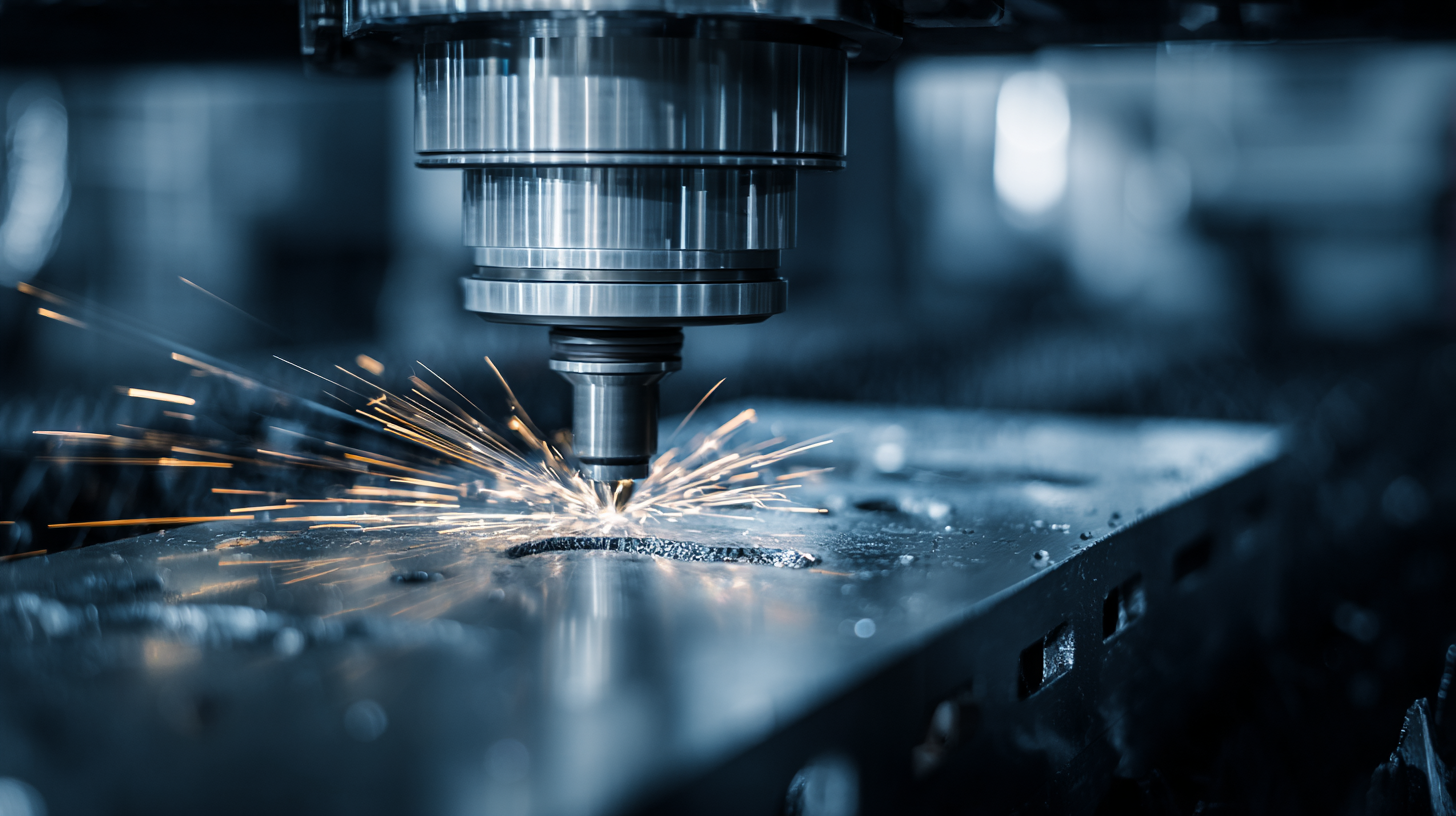
Future Innovations: What to Expect in Laser Machine Technology by 2025
As we approach 2025, the landscape of laser machine technology is on the brink of transformative innovations that promise to redefine precision manufacturing. According to a recent report by MarketsandMarkets, the global laser cutting market is projected to reach $5.7 billion by 2025, driven by advancements in laser capabilities and automation. This growth is fueled by the increasing demand for high precision, speed, and efficiency in manufacturing processes across various sectors, including automotive, aerospace, and electronics.
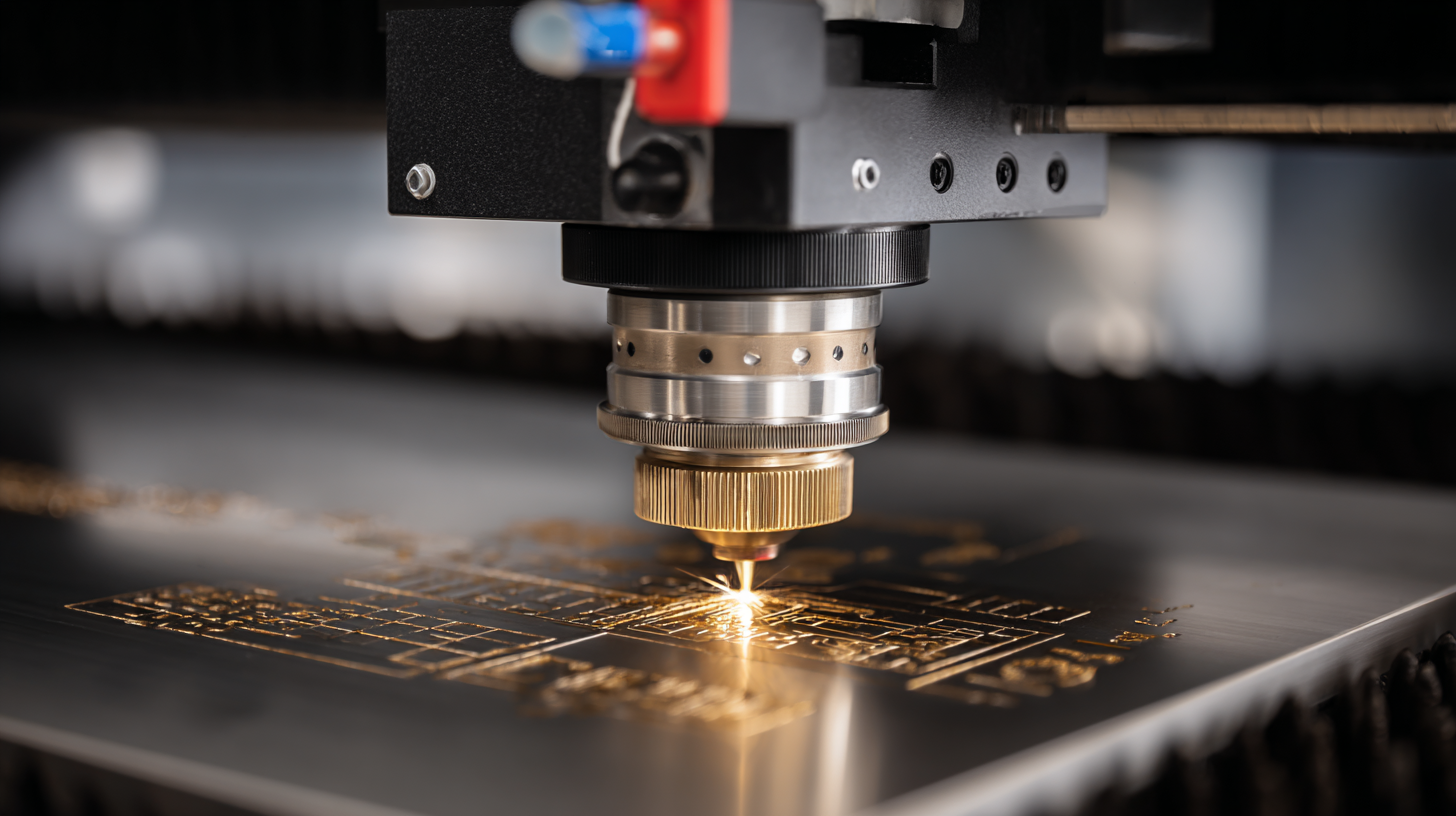
Future innovations are set to focus on enhancing the functionality of laser machines. Developments such as ultra-fast laser technology and integrated automation systems are becoming pivotal. For instance, the introduction of disk lasers, which offer higher efficiency and longer lifespans, is expected to gain traction, as noted in a study by Lucintel, projecting an annual growth rate of over 6% in this segment through 2025. Additionally, the integration of artificial intelligence and machine learning into laser systems will enable predictive maintenance and smarter operational strategies, ensuring that manufacturers can maximize uptime and productivity. These advancements will not only improve operational efficiencies but also reduce wastage, a key factor in future sustainable manufacturing practices.





